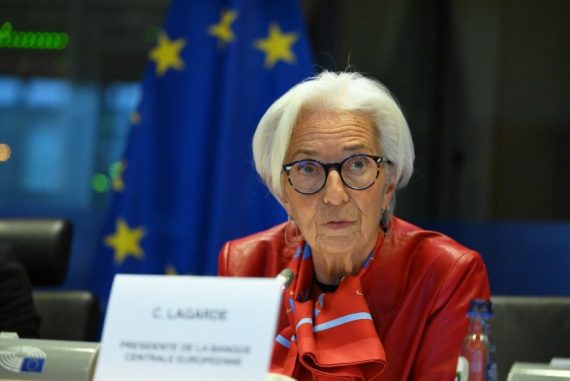T
he United Nations World Economic Situation and Prospects (WESP) 2024 report indicates that Europe is poised for a mild economic recovery in the coming year. However, the region faces headwinds due to high-interest rates, tighter fiscal policies, and geopolitical conflicts. The report presents a cautious global economic outlook, projecting a slowdown in global economic growth from 2.7% in 2023 to 2.4% in 2024, below the pre-pandemic growth rate of 3.0%.
Europe’s economic trajectory remains influenced by monetary tightening, past rate hikes, and reduced liquidity affecting the real economy. The European Union (EU) is expected to experience an average growth of 1.2% in 2024, a modest improvement from 0.5% in 2023 but well below the pre-pandemic pace of about 2%.
The recovery is expected to be supported by an upturn in consumer spending, slowing inflation, rising real wages, and robust labor markets. However, consumer and business confidence remains low, and fiscal policies are likely to become more restrictive.
A shift in consumer spending
The report highlights a shift in consumer spending towards services, favoring the growth prospects of service-oriented economies like Greece, Portugal, and Spain over those with a larger manufacturing base like Austria, Finland, and Germany. Germany, among Europe’s large economies, faces significant challenges such as labor shortages, reliance on energy-intensive industries, and a lack of investment in digital infrastructure.
The United Kingdom is projected to experience a moderation in growth from 0.5% in 2023 to 0.4% in 2024 due to high-interest rates and fiscal tightening. Labor markets in Europe, while cooling, are expected to remain tight by historical standards amid persistent labor shortages in both high-skilled and low-skilled occupations.
Inflation is anticipated to decline as the indirect effects of the energy shock fade, easing food price pressures, and tighter monetary policies dampening demand. Average inflation in the European Union is forecasted to decrease from 5.9% in 2023 to 3.1% in 2024.
Monetary policies are expected to remain restrictive
Major central banks in Europe have signaled that policy rates are close to their peak, but monetary policies are expected to remain restrictive until there is a clear indication of inflation returning to target.
Despite these challenges, the report suggests that unlocking significant investments in sustainable development and climate action could strengthen the global economy’s growth path.
The United Nations Secretary-General, António Guterres, emphasized the need for bold investments to drive sustainable development and climate action, calling for a minimum annual SDG Stimulus of $500 billion. The report encourages building on the progress made in the past year to achieve these goals.
Source: UN Department of Social and Economic Affairs
Recommended





